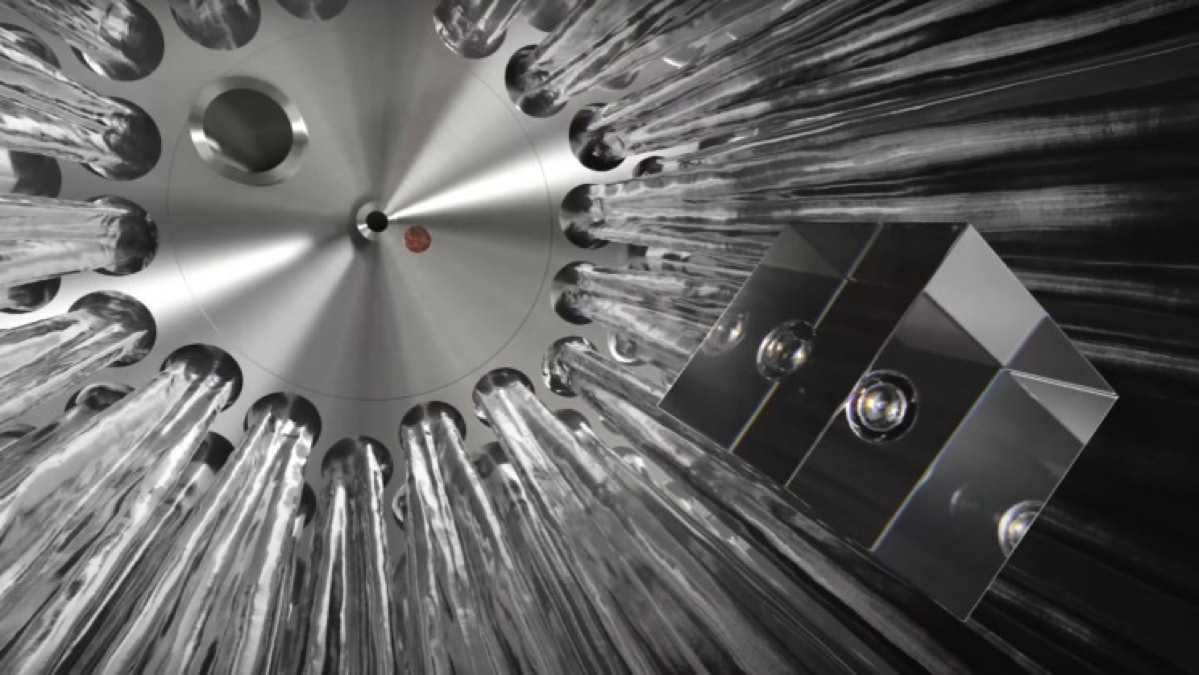




Knowledge
INNOVATION
A new path to nuclear fusion? A novel pistol shrimp-inspired system succeeded
And they aim to have a pilot plant up and running by the 2030s.
A British fusion firm and University of Oxford spinoff First Light Fusion claims it achieved nuclear fusion without relying on lasers and powerful magnets.
Its new method offers the "fastest, simplest and cheapest route to commercial fusion power," the company explains in a press release. Amazingly, its novel "projectile" approach is inspired by one of the smallest creatures in the ocean, the pistol shrimp.
A new method for nuclear fusion
Governments worldwide are increasingly investing in nuclear fusion ventures as they have the potential to drastically curb emissions by providing practically limitless clean energy. Nuclear fusion generates electricity using the same method as the Sun and the stars — by slamming atoms together so that they fuse into heavier elements and release immense amounts of energy.
Most big tokamak projects, such as the one developed by Bill Gates-backed MIT startup Commonwealth Fusion Systems, use fusion reactors called tokamaks that rely on lasers and incredibly powerful magnets to contain incredibly hot plasma reactions.
First Light Fusion has presented an alternative approach: using a railgun, the company fires a projectile toward a fuel pellet-carrying falling target at hypersonic speed, allowing it to generate specifically timed collapsing shockwaves that momentarily create pressure levels almost a billion times higher than atmospheric air pressure at sea level.
These pressure levels are so high, they can be harnessed to make small embedded deuterium fuel pellets implode at high enough speeds to overcome nuclear repulsion, allowing them to kickstart fusion reactions.
First Light explains that its technique is inspired by the pistol shrimp, which fires bubbles at unsuspecting prey by snapping its claws together at such high speeds that it creates a shockwave and even emits a bright flash of light.
The company designed a method, based on the pistol shrimp's technique, that creates the conditions required for fusion. First Light uses a railgun-like electromagnetic device that fires a projectile at speeds of over 14,500 mph. When the projectile hits the falling target, the impact pressure is approximately 100 gigapascals. The fuel pellet-carrying target has a special design that amplifies this pressure immensely to around one terapascal. When the fuel pellet implodes, the final measurement accumulates, reaching a massive pressure of 100 terapascals.
According to First Light, this momentarily makes the fuel the fastest moving object on Earth, as it reaches speeds of 157,000 mph. During this process, the fuel pellet is compressed from a few millimeters down to less than 100 microns, which is enough for fusion reactions to take place. The company's system transfers that energy via a pool of liquid lithium and a heat exchanger transfer.
First Light says a commercial plant using its design would have an output of around 744 MW, which is a little less than the typical nuclear power plant's 1 GW output, though without the risk of meltdown. The company says it has achieved fusion using its design and it is "working towards a pilot plant producing ~150 MW of electricity and costing less than $1 billion in the 2030s."

